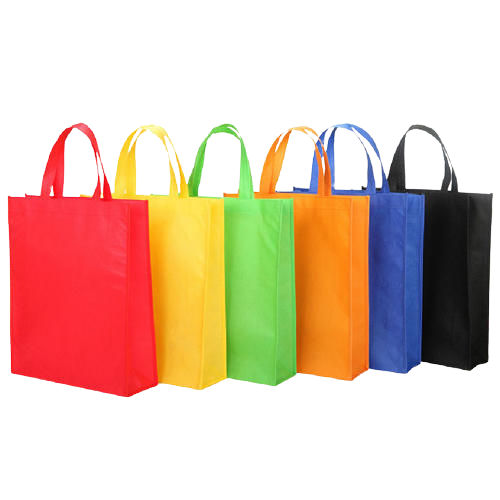
Everything to know about non woven shopping bags
If non-woven bags are definitely reused, they may be more environmentally friendly than separate plastic bags. However, a lot of them still contain plastic in some form, so they aren't entirely green.
Non-Woven Fabric: What Is It?
Any fabric that is constructed without the use of knotting is referred to as non-woven fabric. Regardless of the type of fibre used, all traditional woven fabrics, including those used for clothing, are created by turning the fibres into cotton and then twisting them together differently. Without using a loom, the fibers in non-woven fabrics are joined together mechanically, thermally, or chemically. Additionally, the fibers are not first made into yarn.
Non-woven fabrics can be made from a wide range of fiber types, and depending on the type of fiber used, they can have a wide range of different properties.
Non-Woven Bags: How are they made?
Polypropylene or viscose polymer blends are spun into long, fluffy threads using a combination of heat and air to create non-woven bags. To create fabric, the connections are pressed together between hot rollers. The bag is then made by cutting out various pieces of the fabric and sewing or taping them together.
Are nonwoven bags environmentally friendly?
Non-woven bags are environmentally friendly in that they can be reprocessed repeatedly, but due to the materials they are made of, they are not entirely eco-friendly. Plastics like polystyrene and polyester are made possible by refining crude oil. To manufacture plastic polymers and give them specific properties, crude oil must be refined with various chemicals and complex manufacturing processes to produce polypropylene and polyester.
Pollution may occur during any step of the production of plastic, including the extraction and refinement of crude oil. An oil spill could cause pollution, air pollution from greenhouse gas emissions, soil pollution from leaching chemicals into the groundwater, and water pollution from improper chemical disposal. Not as harmful to the atmosphere as the initial production of the polymers is the process of turning polyester and polypropylene into bags.
Conclusion
Most non-woven bags are polypropylene-based, and they are advertised as being more environmentally friendly than only one plastic bag. In a sense, this is accurate, given how frequently non-woven bags can be used.
However, their plastic is not the most sustainable or environmentally friendly. Look for non-woven luggage made from recycled polystyrene or a natural fabric like cotton or bamboo for the most environmentally friendly choice.